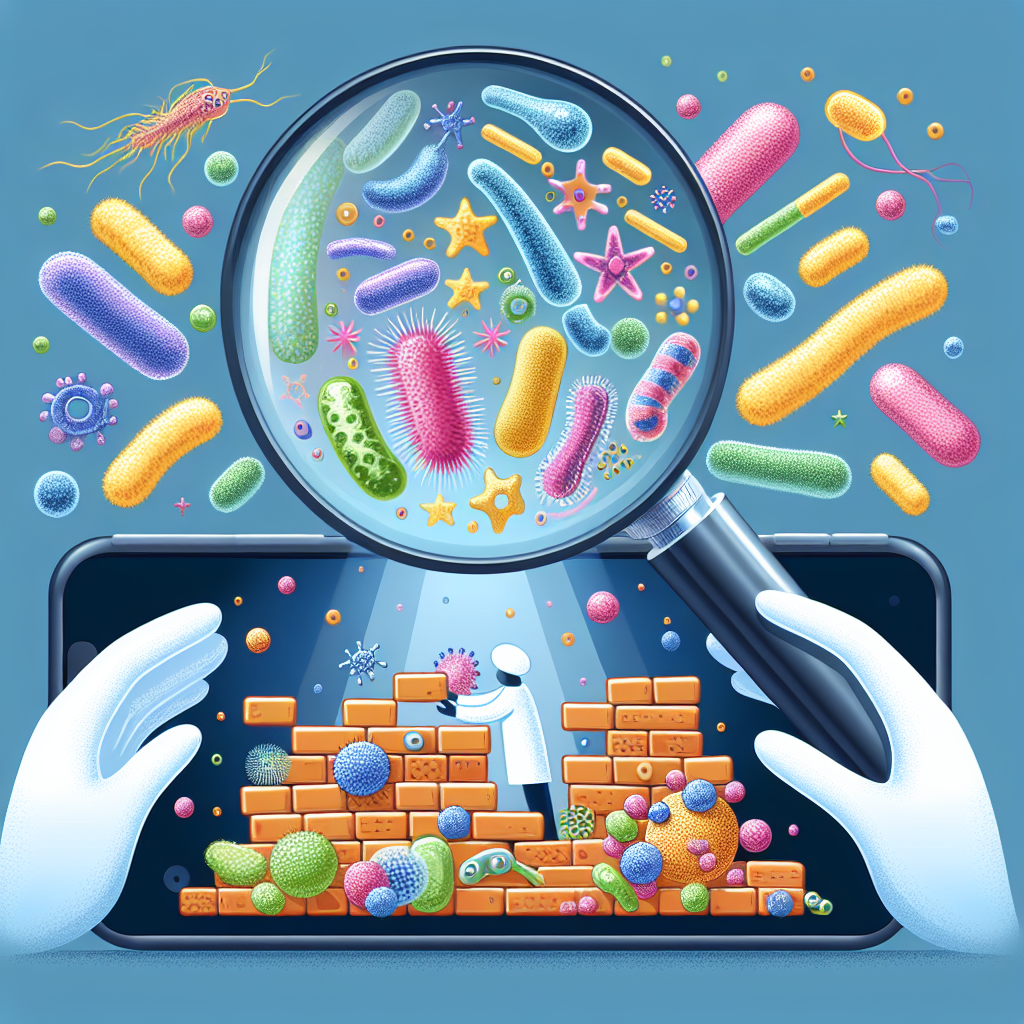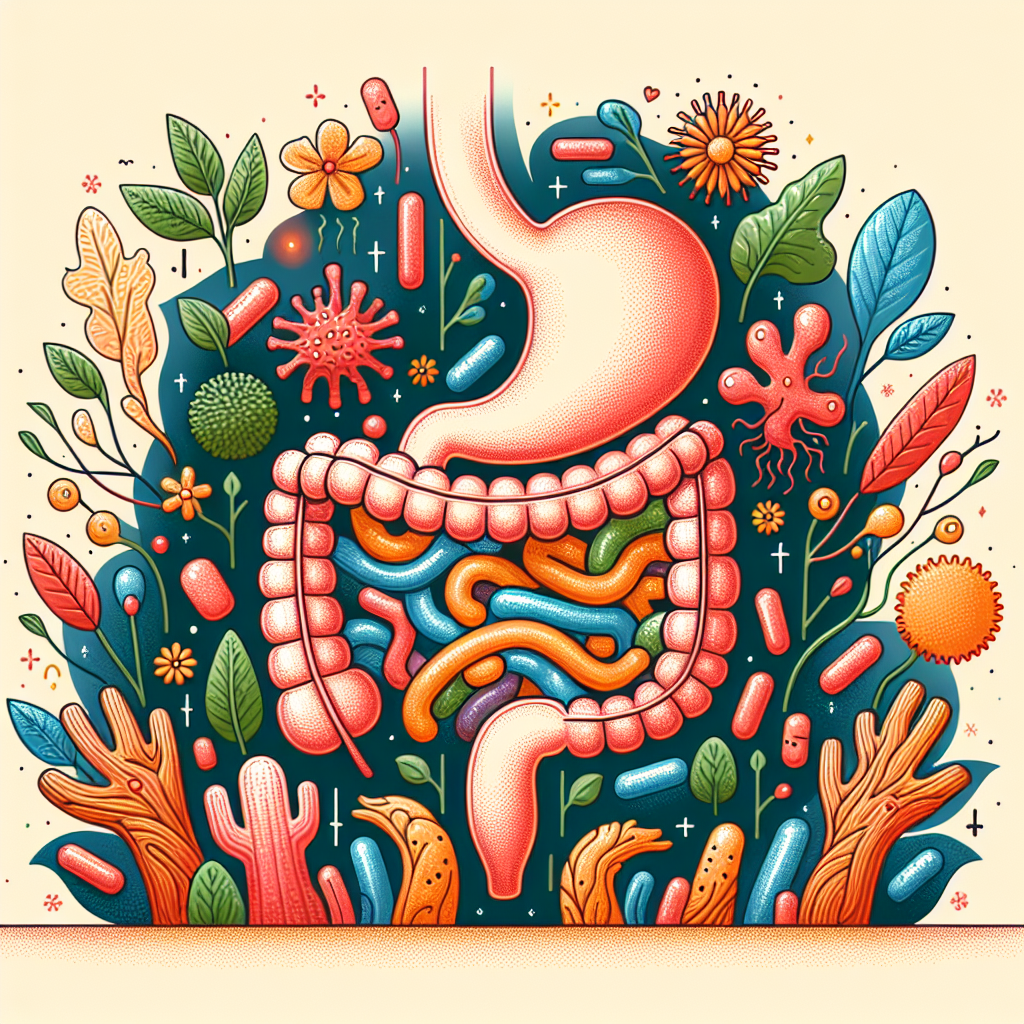Healing After Antibiotics: Rebuilding Your Microbiome

Discover the path to healing after antibiotics and learn how to rebuild your microbiome. Visit My Vibrant Vitality today to start your journey towards a healthier you.
Understanding the Role of Probiotics in Rebuilding Your Microbiome After Antibiotics
Antibiotics are a powerful tool in modern medicine, capable of combating a wide range of bacterial infections. However, while they are effective in eliminating harmful bacteria, they also indiscriminately destroy beneficial bacteria in the process. This can lead to a significant disruption in the balance of your microbiome, the community of microorganisms that live in your body, particularly in your gut. The aftermath of antibiotic treatment often leaves your microbiome in a state of disarray, necessitating a period of healing and rebuilding. One of the most effective ways to facilitate this process is through the use of probiotics.
Probiotics are live bacteria and yeasts that are beneficial to your health, especially your digestive system. They are often referred to as ‘good’ or ‘friendly’ bacteria because they help keep your gut healthy. When your microbiome is disrupted by antibiotics, introducing probiotics can help restore balance. They do this by repopulating your gut with beneficial bacteria, which can outcompete harmful bacteria for resources and space, thereby preventing them from re-establishing a foothold.
The benefits of probiotics extend beyond simply replenishing your gut’s bacterial population. They also play a crucial role in supporting your immune system. A significant portion of your immune system is located in your gut, and a healthy microbiome is essential for its proper functioning. By promoting a balanced microbiome, probiotics can help bolster your immune defenses, making you less susceptible to infections in the future.
Moreover, probiotics can aid in the production of certain vitamins, such as vitamin K and some B vitamins. They also assist in breaking down and absorbing nutrients from the food you eat, enhancing your overall nutritional status. This is particularly important after a course of antibiotics, as the disruption to your microbiome can impair your body’s ability to absorb nutrients effectively.
However, not all probiotics are created equal. Different strains of probiotics have different effects, and some may be more beneficial for your specific needs than others. For instance, certain strains are particularly effective at combating antibiotic-associated diarrhea, a common side effect of antibiotic treatment. Others are better at promoting general gut health. Therefore, it’s important to choose a probiotic supplement that contains the right strains for your needs.
In addition to taking probiotic supplements, incorporating probiotic-rich foods into your diet can also help rebuild your microbiome. Foods such as yogurt, kefir, sauerkraut, and kimchi are rich in beneficial bacteria and can provide a natural source of probiotics.
It’s also worth noting that prebiotics, which are types of dietary fiber that feed the friendly bacteria in your gut, can also play a role in rebuilding your microbiome. Foods high in prebiotics, such as garlic, onions, and bananas, can help stimulate the growth of beneficial bacteria, further supporting the healing process.
In conclusion, while antibiotics can disrupt your microbiome, the use of probiotics can help restore balance and promote healing. By introducing beneficial bacteria and supporting their growth, probiotics can help rebuild your microbiome, enhance your immune function, and improve your nutritional status. Therefore, if you’ve recently undergone antibiotic treatment, consider incorporating probiotics into your recovery plan to help your body bounce back and maintain optimal health.
Steps to Restore Gut Health Following Antibiotic Treatment

Antibiotics are a powerful tool in modern medicine, capable of combating a wide range of bacterial infections. However, while they are effective at eliminating harmful bacteria, they can also disrupt the balance of beneficial bacteria in our gut, leading to a condition known as dysbiosis. This imbalance can lead to a variety of health issues, including digestive problems, weakened immunity, and even mental health issues. Therefore, it is crucial to take steps to restore gut health following antibiotic treatment.
The first step in rebuilding your microbiome after antibiotics is to consume a diet rich in probiotics. Probiotics are live bacteria and yeasts that are beneficial for your digestive system. They can be found in fermented foods such as yogurt, kefir, sauerkraut, and kimchi. By incorporating these foods into your diet, you can help replenish the beneficial bacteria that were depleted by the antibiotics.
In addition to probiotics, prebiotics are also essential for restoring gut health. Prebiotics are types of dietary fiber that feed the friendly bacteria in your gut. Foods high in prebiotics include garlic, onions, asparagus, and bananas. By consuming a diet rich in both probiotics and prebiotics, you can create an environment in your gut that encourages the growth of beneficial bacteria.
Another important step in restoring gut health is to limit your intake of processed foods and sugars. These types of foods can promote the growth of harmful bacteria and yeast, further disrupting the balance of your microbiome. Instead, focus on consuming a diet rich in whole foods, such as fruits, vegetables, lean proteins, and whole grains. These foods not only provide the nutrients your body needs to function optimally, but they also support a healthy microbiome.
Exercise is another crucial component of restoring gut health. Regular physical activity has been shown to increase the diversity of bacteria in the gut, which is a key indicator of gut health. Even moderate exercise, such as walking or yoga, can have a positive impact on your microbiome.
Stress management is also essential for gut health. Chronic stress can disrupt the balance of bacteria in your gut, making it more difficult for your body to recover from antibiotic treatment. Techniques such as meditation, deep breathing, and yoga can help reduce stress levels and support a healthy microbiome.
Finally, it’s important to give your body time to heal. Restoring gut health is not an overnight process. It can take several weeks or even months for your microbiome to fully recover from antibiotic treatment. Be patient with yourself and remember that every step you take towards a healthier diet and lifestyle is a step towards better gut health.
In conclusion, while antibiotics can disrupt the balance of bacteria in your gut, there are several steps you can take to restore your microbiome. By consuming a diet rich in probiotics and prebiotics, limiting your intake of processed foods and sugars, exercising regularly, managing stress, and giving your body time to heal, you can support your body in rebuilding a healthy microbiome. Remember, a healthy gut is the foundation of overall health and well-being.
The Importance of Diet in Healing Your Microbiome After Antibiotics
Antibiotics are a powerful tool in modern medicine, capable of combating a wide range of bacterial infections. However, while they are effective in eliminating harmful bacteria, they also indiscriminately destroy beneficial bacteria in our bodies. This can lead to a disruption in our microbiome, the community of microorganisms living in our bodies, particularly in our gut. The aftermath of antibiotic use can leave our microbiome in a state of imbalance, a condition known as dysbiosis. This can lead to a variety of health issues, including digestive problems, weakened immunity, and even mental health issues. Therefore, healing and rebuilding the microbiome after antibiotic use is crucial, and diet plays a significant role in this process.
The food we consume directly impacts the composition of our microbiome. A diet rich in diverse, whole foods provides a variety of nutrients that can support the growth of beneficial bacteria. Conversely, a diet high in processed foods and sugars can promote the growth of harmful bacteria, further exacerbating dysbiosis. Therefore, after a course of antibiotics, it is essential to focus on a nutrient-dense diet to help restore balance to the microbiome.
Fiber is a critical component of this healing diet. It serves as a prebiotic, providing nourishment for beneficial bacteria. Foods high in fiber, such as fruits, vegetables, whole grains, and legumes, should be incorporated into meals. These foods not only support the growth of beneficial bacteria but also promote regular bowel movements, which can help eliminate any remaining harmful bacteria.
In addition to fiber, fermented foods can be beneficial in rebuilding the microbiome. These foods, such as yogurt, kefir, sauerkraut, and kimchi, contain probiotics, live bacteria that can help repopulate the gut with beneficial species. However, it’s important to note that not all fermented foods are created equal. Some commercially available products may not contain live cultures, or may be loaded with added sugars, which can be detrimental to the microbiome. Therefore, it’s best to choose natural, unsweetened versions of these foods, or even better, make them at home.
While diet is a crucial factor in healing the microbiome, it’s also important to consider other lifestyle factors. Stress, lack of sleep, and physical inactivity can all negatively impact the microbiome. Therefore, incorporating stress management techniques, ensuring adequate sleep, and engaging in regular physical activity can further support the healing process.
Lastly, while the goal is to rebuild the microbiome after antibiotics, it’s also important to prevent unnecessary damage in the first place. This means using antibiotics judiciously, only when absolutely necessary, and under the guidance of a healthcare professional. Overuse of antibiotics can lead to antibiotic resistance, a serious global health issue, and can cause long-term damage to the microbiome.
In conclusion, healing the microbiome after antibiotics is a multifaceted process, with diet playing a central role. A diet rich in fiber and fermented foods, coupled with a healthy lifestyle, can help restore balance to the microbiome. However, prevention is always better than cure, so it’s important to use antibiotics responsibly. By taking these steps, we can help protect our microbiome, and in turn, our overall health.